London is the capital of the United Kingdom of Great Britain and Northern Ireland, which is usually called simply the United Kingdom. London is the largest city in the United Kingdom and one of the largest cities in the world. It is the headquarters of the nation’s government and a world center of culture, finance, tourism, and trade.
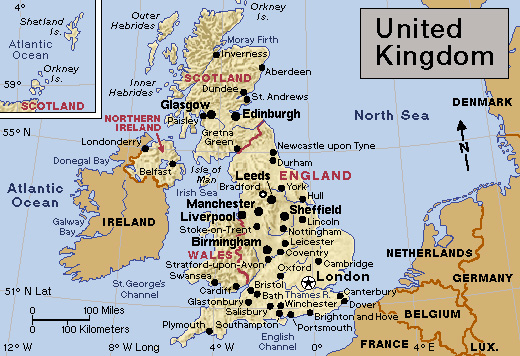
London is one of the world’s oldest and most historic cities. It traces its beginnings to nearly 2,000 years ago. It grew up around two historic cities—the City of London and the City of Westminster. The City of London started as a trading post of the Roman Empire in A.D. 43. The City of Westminster began as a residence for England’s rulers about 1,000 years later. The City of Westminster stood about 2 miles (3 kilometers) southwest of the City of London, which was surrounded by a great stone wall. As London grew, it spread far beyond its wall and took in the royal City of Westminster.
Today, the area where Roman London stood is still known as the City of London, often called simply the City. It and the City of Westminster lie at the heart of London and make up much of its lively center. Central London has tall office buildings and busy streets as well as outstanding art galleries, museums, theaters, and beautiful parks. Its famous landmarks include Buckingham Palace, the Houses of Parliament, and St. Paul’s Cathedral with its huge dome. The rest of London extends about 10 to 19 miles (16 to 31 kilometers) in every direction from this central section. 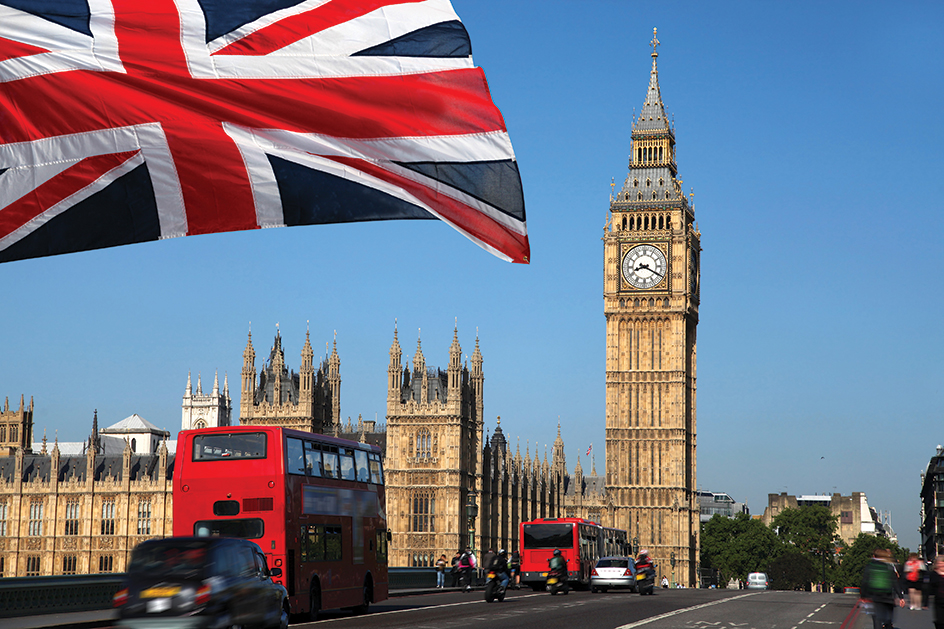
Greater London
The old City of London and the communities surrounding it form Greater London or simply London. London covers 607 square miles (1,572 square kilometers) in the southeastern part of England, one of the four political divisions that make up the United Kingdom.
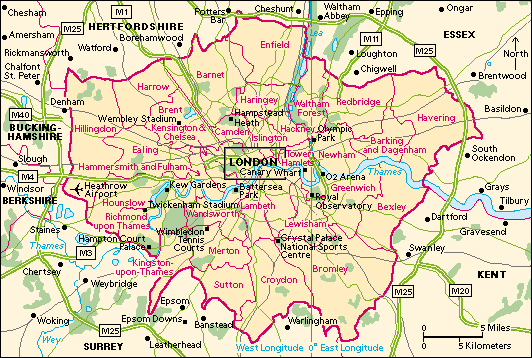
The River Thames << tehmz >> flows east through the heart of London. Near the river, the land ranges from low and flat to gently rolling. Away from the river, the landscape becomes slightly hilly. About 40 miles (64 kilometers) east of London, the Thames empties into the North Sea, an arm of the Atlantic Ocean. The river thus links London with shipping routes throughout the world. From time to time in the past, London experienced flooding when high tides and severe storms raised the level of water in the North Sea and caused tidal surges in the Thames. The Thames Barrier, in east London, now provides protection against floods.
London is divided into 32 boroughs (local units of government) plus the City. Greater London, the City, and each of the boroughs have their own government.
Central London
covers about 10 square miles (26 square kilometers) on both sides of a great north-south bend in the River Thames. It includes the busiest and best-known parts of London.
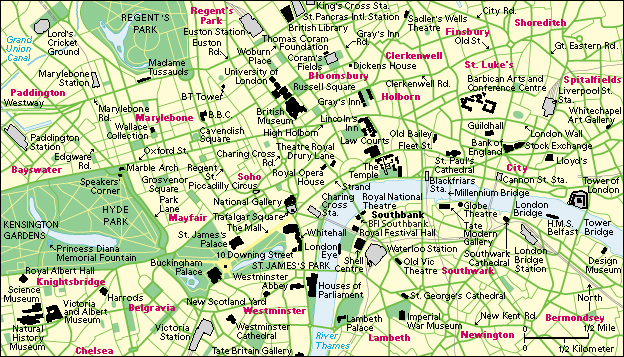
Central London can be divided into three main sections: (1) the City, (2) the West End, and (3) the South Bank. The City and the West End lie on the north side of the Thames. The South Bank lies across the river from these areas.

The City
forms London’s famous financial district. It covers about 1 square mile (2.6 square kilometers) at the eastern edge of central London. Only a few thousand people live in the City. But hundreds of thousands of office workers crowd its buildings and sidewalks on workdays.
The City is the oldest part of London. It stands where the walled City of London stood for hundreds of years. The City consists largely of modern office and bank buildings. But it also has some reminders of its colorful past. The great dome of St. Paul’s Cathedral, for example, still towers over other buildings in the area, just as it has for hundreds of years. Parts of the Guildhall date from the 1400’s. This building has long served as the City’s administrative center. Mansion House dates from the mid-1700’s. It serves as the official residence of the lord mayor, the City’s chief official. A 202-foot (62-meter) stone column called the Monument stands near the spot in the City where the Great Fire started in 1666.
The West End
is the center of the United Kingdom’s government and London’s retail trade and night life. It is known for its many theaters. It also includes some exclusive residential areas. The West End covers about 8 square miles (21 square kilometers) just west of the City. Near the River Thames, a street called the Strand links the West End and the City. The Strand is one of London’s oldest and busiest streets.
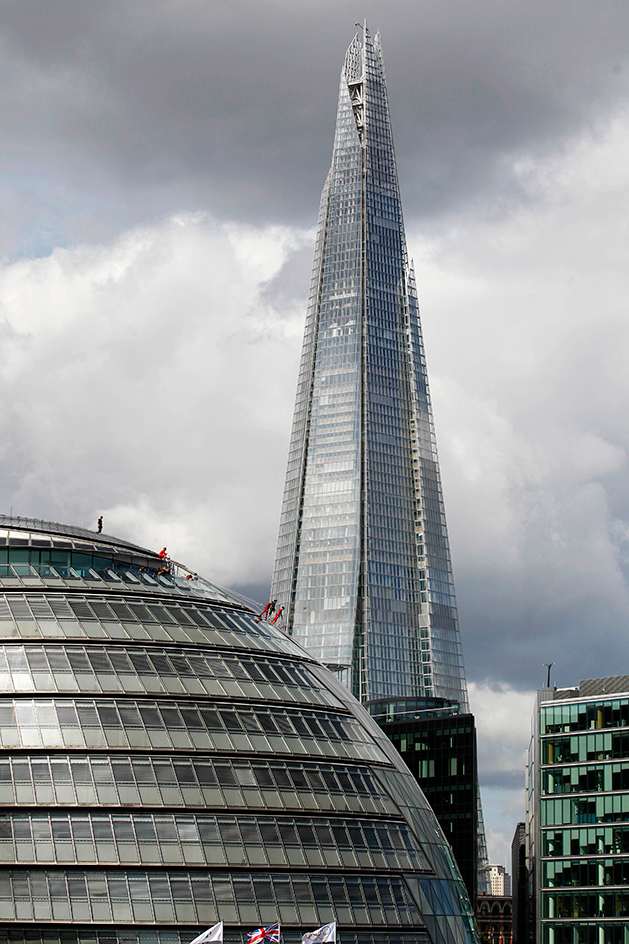
The United Kingdom’s chief government buildings are in the City of Westminster, the oldest part of the West End. The Houses of Parliament, perhaps the best-known government buildings, tower dramatically along the Thames. From Parliament, the government buildings extend north along a broad avenue called Whitehall. 10 Downing Street, the traditional residence of the United Kingdom’s prime minister, is just off Whitehall. Buckingham Palace, the London residence of the British monarch, lies a short distance to the southwest of Downing Street.
London’s main shopping and entertainment districts spread out from two huge West End intersections. One intersection, Trafalgar Square, is an area of open pavement with statues and fountains. Whitehall, the Strand, and streets from the upper West End meet at the square. At the other intersection, Piccadilly Circus, six busy downtown streets come together. Many of London’s finest shops are north and west of Piccadilly Circus, along Bond, Oxford, and Regent streets. Piccadilly Circus forms the center of London’s largest entertainment area. The area extends east to the Strand and north into Soho, a district of restaurants and nightclubs. 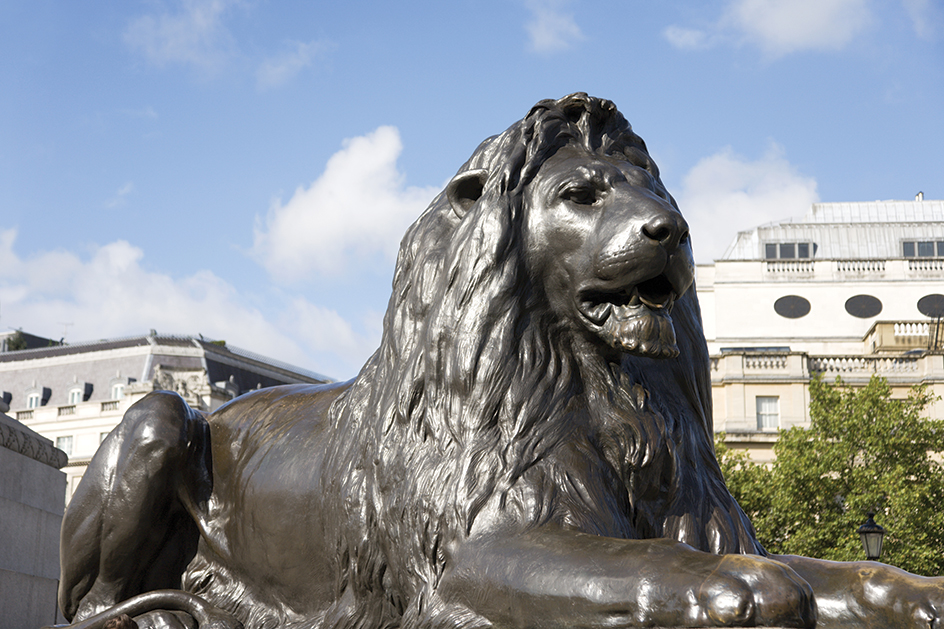
The South Bank
has many office buildings. It is also the site of a large, modern cultural center that includes a number of concert halls, museums, theaters, and an art gallery. The South Bank covers about 2 square miles (5 square kilometers) along a curve of the River Thames.
The South Bank section grew more slowly than the City and the West End. Its development occurred as the cost of land in the City and the West End forced builders to find cheaper sites across the river.

Outlying areas.
Crowded residential neighborhoods surround most of central London. Numerous small offices and factories and the workshops of a variety of designers are mixed in with the houses in many communities, especially in the area known as the East End. The East End includes most of the boroughs of Hackney, Tower Hamlets, and Newham. The heavily built-up neighborhoods around central London gradually give way to more spacious communities, called suburbs.
A broad band of countryside, called the Green Belt, surrounds Greater London. City planners set aside this land to keep the built-up areas from spreading endlessly. Just outside the Green Belt are communities called new towns, which the planners established to ease overcrowding in London.
People
London is so large that many Londoners think of themselves mainly as residents of a particular district, such as Chelsea, Hampstead, or Soho. The various districts were once separate villages, and many have kept their special character. Hampstead, for example, is known for its artists and writers, and Soho is known for its restaurants.
Ancestry.
According to tradition, the only “real” Londoners are cockneys. A cockney is anyone born within hearing distance of the bells of St. Mary-le-Bow, a historic church in the City. The cockney accent was made famous by Eliza Doolittle, the uneducated cockney girl in George Bernard Shaw’s play Pygmalion and its musical version, My Fair Lady.
London has attracted residents from other parts of the United Kingdom as well as from many different countries. As a result, it has become one of the most ethnically diverse cities in the world. The ancestors of today’s Londoners include people who came from the United Kingdom, Ireland, the Caribbean, and various other places in Europe, Africa, Asia, and North and South America.
Religion.
Many Londoners are members of the Church of England or other Protestant churches. Other religions represented in London include Buddhism, Hinduism, Islam, Judaism, Roman Catholicism, and Sikhism.
Residential areas and housing.
Two-thirds of Londoners live in suburban communities in the outer boroughs. These boroughs, such as Barnet, Croydon, Havering, and Hounslow, lie farthest from central London. The suburbs have their own businesses, churches, offices, schools, stores, and places of recreation. Most of the residents live in comfortable single-family houses, each of which has its own piece of ground. Most suburban families own their homes. 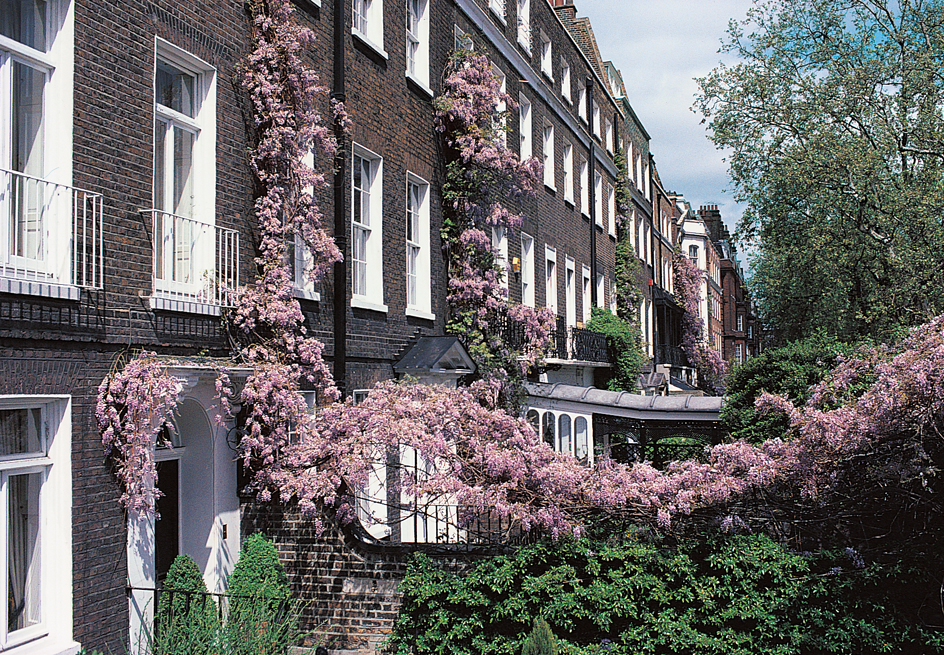
London’s oldest and most crowded residential areas lie in the inner boroughs. These boroughs, such as Camden, Hackney, Islington, Lambeth, Southwark, and Tower Hamlets, surround the City and the West End. Most of London’s poor families live in rented houses and apartments in these boroughs. But some parts of these boroughs have become fashionable. In the former dock areas in Tower Hamlets, for example, old warehouses have been converted into expensive apartments.
The chief exceptions to run-down housing in the inner boroughs of London are in the City of Westminster and the borough of Kensington and Chelsea. Westminster includes most of the West End. A number of the wealthiest families of London live in expensive apartment buildings in Westminster, especially in the exclusive Mayfair district. This prosperous section extends northwest to the Hampstead district in the borough of Camden, which has many comfortable homes. The borough of Kensington and Chelsea has a number of expensive apartment buildings for people who work in central London.
The City has a small but increasing number of homes and apartments. In the 1960’s and 1970’s, a large housing development called the Barbican was constructed along its northern edge. This development provides living quarters close to schools, businesses, and a major arts center.

Education.
More than a million students attend London’s numerous elementary and secondary schools. Most of the schools are publicly owned and operated. Each of London’s boroughs has some authority in running its own schools.
London has several of the United Kingdom’s famous public schools. Although these schools are called public, they are actually private. London’s public schools include Harrow and St. Paul’s, which admit only boys, and Westminster, which admits girls and boys. All three schools trace their history back more than 400 years.
London has long been the United Kingdom’s chief center for advanced study and research. The University of London is the nation’s largest traditional university. A number of small colleges in London specialize in such fields as art or engineering.
Social problems.
Like most large cities throughout the world, London has such problems as crime, drug addiction, and poverty. The problems are most severe in the crowded areas bordering central London, which contain some of the poorest communities in England. In several of the poorer boroughs, unemployment among young people is widespread. Many young people turn to shoplifting or street robbery or more serious crimes, and some also experiment with drugs. Housing remains a serious problem in the inner boroughs, and there are thousands of homeless people throughout the city.
Cultural life and recreation
The arts.
London ranks as one of the world’s leading cultural centers. It has many professional theaters, whose presentations range from contemporary works to the plays of the great English dramatist William Shakespeare. The Royal National Theatre stages a range of modern and classical plays in three theaters in the Southbank Centre, a cultural center on the South Bank. The Royal Shakespeare Company presents plays in various London theaters.
London has five world-famous symphony orchestras—the BBC (British Broadcasting Corporation) Symphony, the London Philharmonic, the London Symphony, the Philharmonia, and the Royal Philharmonic orchestras. Most major concerts are held in the Royal Festival Hall or the Queen Elizabeth Hall, which are part of the Southbank Centre, or in the Barbican Centre, a cultural complex in the City. The Royal Albert Hall, an older concert hall near Kensington Gardens, has a popular series of summer concerts.
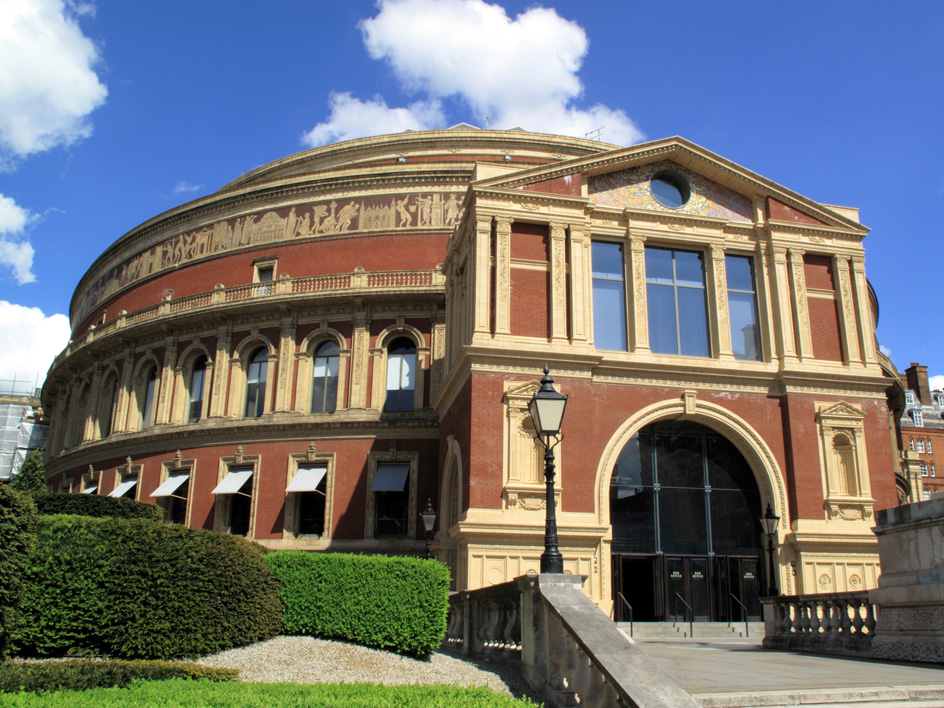
The Royal Opera House at Covent Garden is the home of the United Kingdom’s Royal Opera and the Royal Ballet. The English National Opera and English National Ballet perform at the London Coliseum near the Strand.
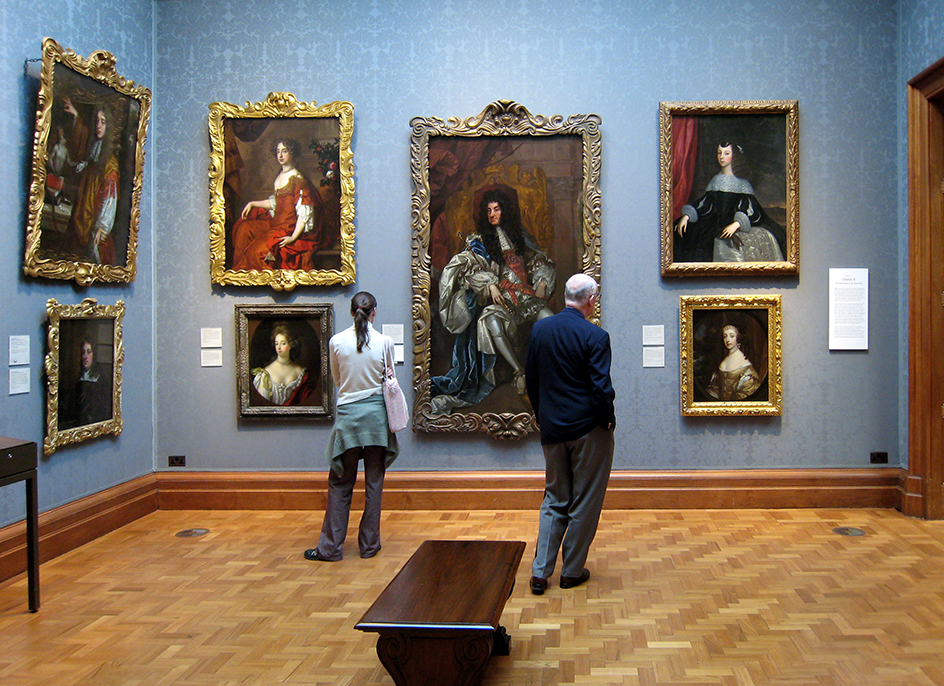
London’s public art galleries include the National Gallery, on Trafalgar Square; the Tate Britain gallery, in south Westminster; the Tate Modern gallery, at Bankside; and the Wallace Collection, housed in a mansion south of Regent’s Park. Important visiting art exhibits are held at the Royal Academy of Arts, on Piccadilly Circus, and the Hayward Gallery, part of the Southbank Centre.
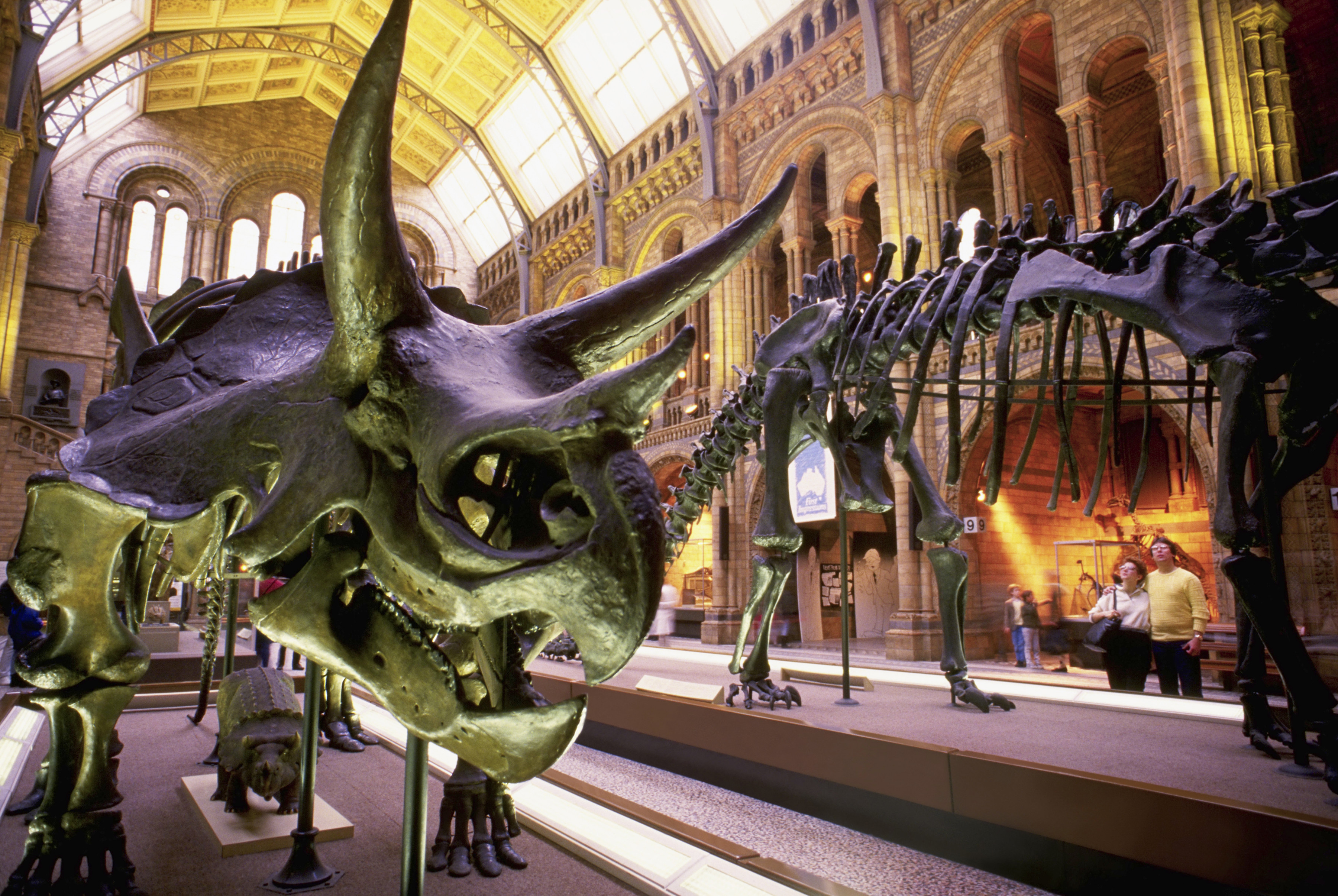
Museums and libraries.
The British Museum, in the West End, is one of the world’s most famous museums. It houses a priceless collection of objects from ancient civilizations. Other famous museums in London include the Natural History Museum, the Science Museum, and the Victoria and Albert Museum, which has one of the world’s largest collections of decorative art. All three are just south of Kensington Gardens. The Museum of London, in the City, houses the collections of the London Museum and Guildhall Museum. Both collections contain items related to London’s history.
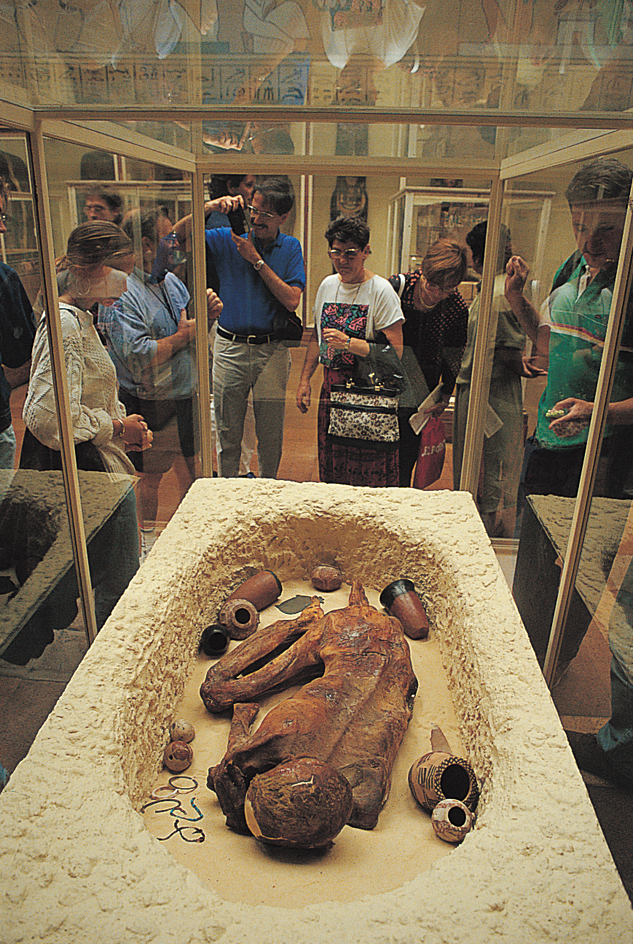
The British Library, the United Kingdom’s national library, contains millions of books as well as maps, stamps, and other objects. The huge library stands next to the St. Pancras International railway station. London has hundreds of public libraries, which are run by the City and borough governments.
Recreation.
During the day, many Londoners enjoy shopping at the city’s large department stores, its many small specialty shops, and the colorful street markets that sell everything from fresh fruits and vegetables to bargain jewelry, clothing, and antiques. Popular street markets include Petticoat Lane (Middlesex Street) market, at the eastern edge of the City; Berwick Street market, in Soho; and Portobello Road market, near Kensington Gardens.

Soccer, which the British call football, is the most popular sport in London. The London area has several professional teams. They play on weekends from August through May. Each year, the Football Association Cup final is held at Wembley Stadium in west London.
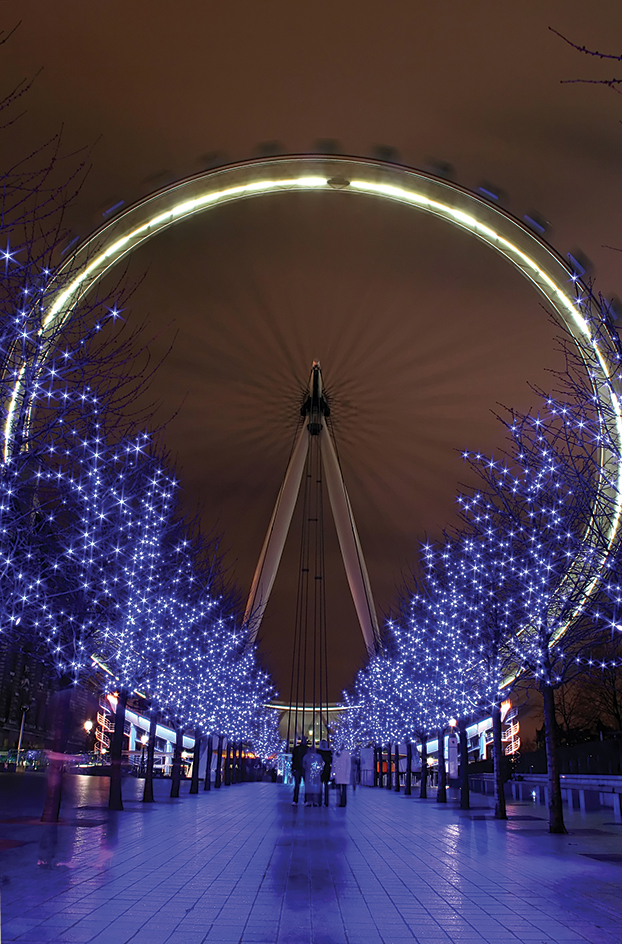
Many amateur and professional teams in London play rugby football, a game played with an oval ball. The rugby season lasts from September through May. International rugby union matches and national championships are held at the Twickenham Stadium in the borough of Richmond upon Thames.
Cricket, a game played with bats and a ball, is a popular amateur and professional sport. It is played during spring and summer. Major matches take place at Lord’s Cricket Ground, just west of Regent’s Park, and at the Oval, a cricket ground in the borough of Lambeth.
The London Marathon is a popular sports event that takes place every April. Thousands of people compete in this foot race of 26 miles 385 yards (42.2 kilometers) that begins in southeast London and finishes in Westminster, on the broad, tree-lined avenue called the Mall.
Londoners also enjoy such sports as dog racing, golf, horse racing, swimming, and tennis. The Crystal Palace National Sports Centre, in the borough of Bromley, has facilities for many sports. The Championships (Wimbledon), which is probably the most famous tennis tournament in the world, takes place in late June and early July. The tournament is held at the All-England Lawn Tennis & Croquet Club in Wimbledon in the borough of Merton. London has a number of licensed betting shops, where people place bets on horse races, soccer games, and other sports events.
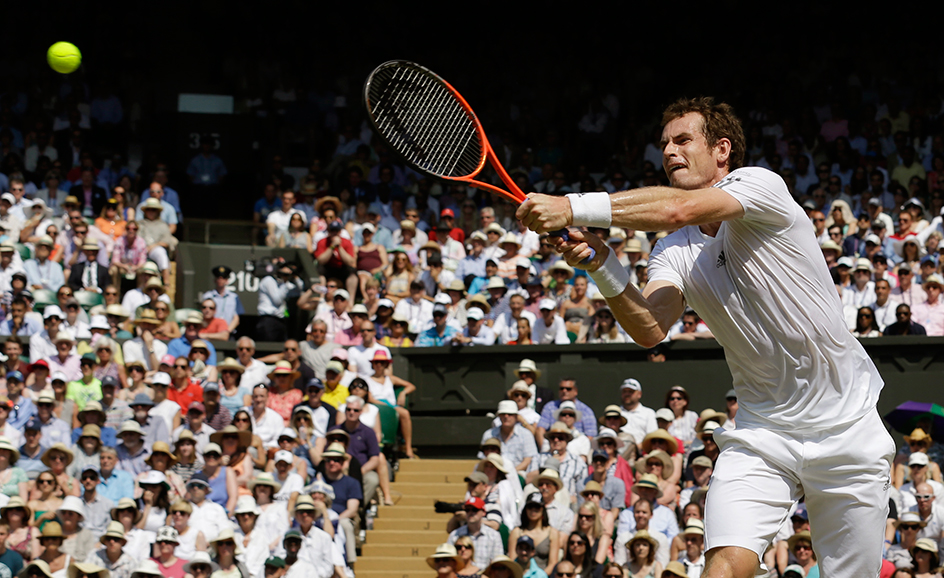
In the evening, many Londoners enjoy watching television at home, seeing a film at one of London’s many cinemas (motion-picture theaters), eating at a restaurant, or going to the theater. On summer evenings, gardening is a popular pastime. Many people also like to spend the evening at their neighborhood pub (public house). The pubs serve beer, wine, and other drinks, and in many of them, patrons can play games of darts or pool. London also has many public and private nightclubs. The St. James’s district, in the West End, is the home of London’s famous private clubs, a few of which admit only men. Businesspeople, civil servants, and political leaders meet in the clubs for meals and conversation.
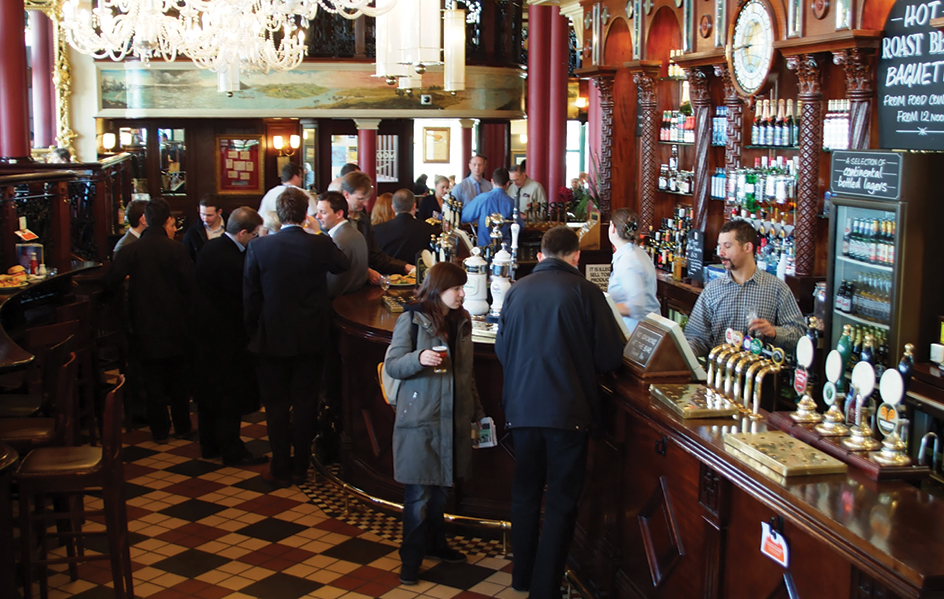
Visitor’s guide
London has long been a popular tourist destination. This section describes some of the interesting places to visit in London. See other sections of the article for discussions of additional places of interest.
Palaces.
Over the centuries, British rulers have lived in a number of splendid palaces in London. Few of these buildings survive in their original form, but many have been turned into museums or showplaces. For example, the superb royal dining hall called the Banqueting House is almost all that remains of Whitehall Palace. This magnificent palace, in Whitehall, was a residence of England’s royal family from 1529 to 1698. The English architect Inigo Jones completed the Banqueting House for King James I in 1622. Today, it is preserved as a showplace.

St. James’s Palace, between St. James’s Park and Green Park in the West End, was the official royal residence from 1698 to 1837. The palace now provides office space for the staff of the royal household as well as apartments for certain members of the royal family.
Buckingham Palace has been the official royal residence since 1837. It was originally the home of John Sheffield, Duke of Buckingham, who lived there in the early 1700’s. Other famous London palaces include Kensington Palace in Kensington Gardens and Hampton Court Palace by the Thames in the borough of Richmond upon Thames.
The Houses of Parliament,
in Westminster, serve as the meeting place of the House of Commons and the House of Lords, the two branches of the United Kingdom’s legislature. The buildings officially are called the Palace of Westminster. They were constructed during the mid-1800’s to replace earlier palace buildings that had burned down in 1834. A huge bell in the clock tower of the Houses of Parliament has boomed out the hours since 1859. Londoners refer to the bell, the clock, and the clock tower as Big Ben. During World War II (1939-1945), German bombs destroyed part of the House of Commons. It was rebuilt after the war. 
The chief building that survived the 1834 fire was Westminster Hall, an assembly hall completed in 1099 and remodeled during the late 1300’s. It stands near the center of the Houses of Parliament. A terrorist bomb slightly damaged the hall in 1974.
Churches.
St. Paul’s Cathedral and Westminster Abbey are the most famous churches in London. St. Paul’s serves as the seat of the London diocese of the Church of England. The great English architect Sir Christopher Wren built the church between 1675 and 1710 to replace the original St. Paul’s, which was destroyed in the Great Fire of 1666. The church’s huge dome towers 365 feet (111 meters) above the ground. Wren also rebuilt more than 50 other churches destroyed or damaged in the Great Fire.

The history of Westminster Abbey goes back more than 900 years. In 1066, William the Conqueror was crowned king there. Since then, almost all the country’s monarchs have been crowned there. The church has been added to and remodeled over the centuries, but some of its present architecture dates from the 1200’s.
London has many other famous churches. The oldest is the Chapel of St. John in the Tower of London. It dates from the late 1000’s and still has some of its original architecture. Westminster Cathedral, a familiar landmark in the West End, is England’s chief Roman Catholic church. It was completed in 1903.
Squares.
Much of London’s West End is laid out around a series of squares. The best-known square is Trafalgar Square. Nelson’s Column in the center rises about 169 feet (52 meters) above the square. It consists of a tall granite column topped by a giant stone statue of the British naval hero Horatio Nelson. 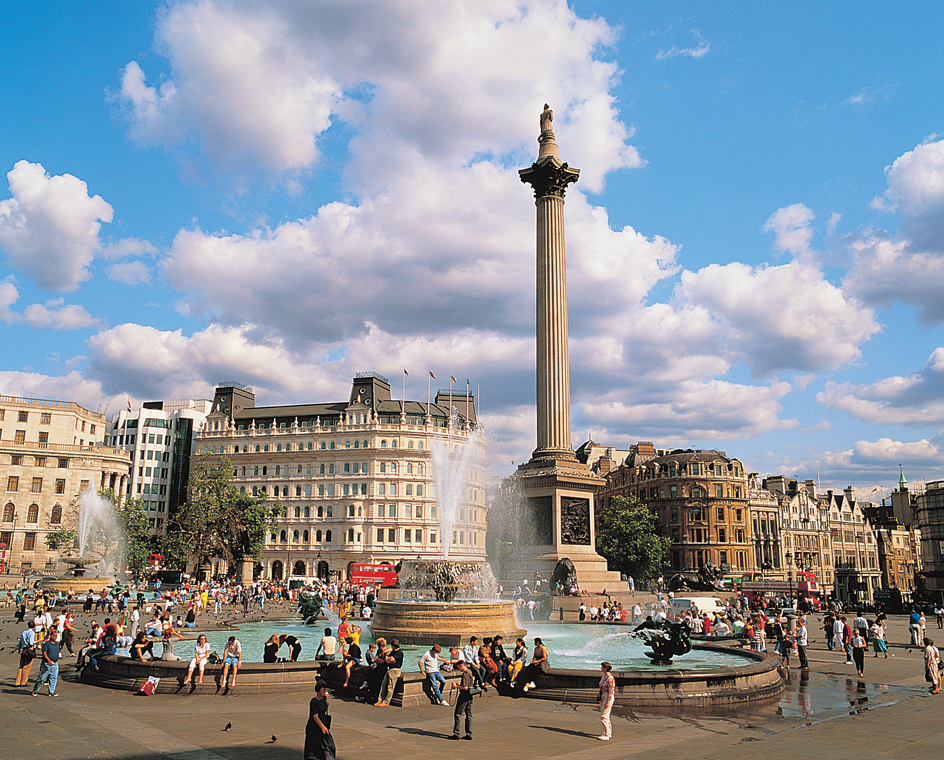
Other well-known West End squares include Bedford, Berkeley, Grosvenor, and Russell squares. Large, fashionable homes once lined these squares, and trees and gardens grew in the open space at the center of each square. The central landscaped areas remain. But most of the houses have been turned into hotels or offices.
Parks.
London’s largest parks are the royal parks. These parks once formed part of royal estates, and they are still owned by the British monarch. But they are now set aside for public use. Central London has five royal parks: St. James’s Park, Green Park, Hyde Park, Kensington Gardens, and Regent’s Park.
St. James’s Park has a large lake with wild fowl, and Green Park is noted for its shade trees and walking paths. The Mall borders St. James’s Park on the north and forms the chief route for royal parades. Hyde Park is famous for Marble Arch, a triumphal arch near its northeast corner, and for Speakers’ Corner, just south of the arch. Large crowds gather at Speakers’ Corner to hear people express their opinions on politics, religion, and many other topics. Hyde Park also has an artificially created lake called the Serpentine, popular with Londoners for boating, fishing, and swimming. Also in Hyde Park is the Diana, Princess of Wales, Memorial Fountain. Kensington Gardens, adjoining Hyde Park, has beautiful formal gardens and a famous statue of Peter Pan. Regent’s Park contains the London Zoo.
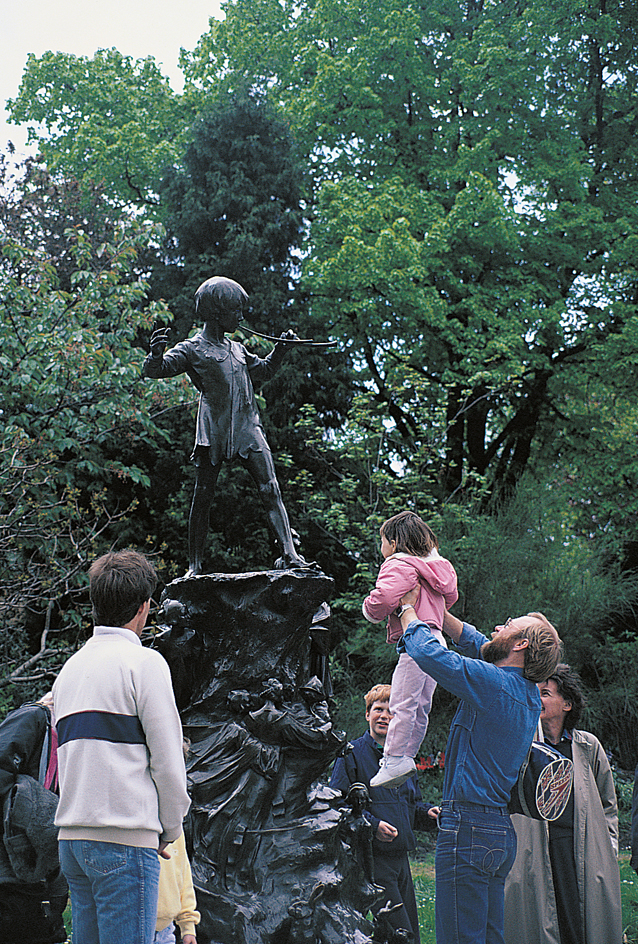
Numerous other public parks lie in or near central London. Hampstead Heath, in the borough of Camden, offers fine views of central London from Parliament Hill. Battersea Park, in the borough of Wandsworth, includes a boating lake and a children’s zoo. Its architectural highlight is the Peace Pagoda overlooking the Thames. Kew Gardens, also called the Royal Botanic Gardens, contain one of the world’s largest collections of tree and shrub species and hothouse plants. The gardens are in the borough of Richmond upon Thames.
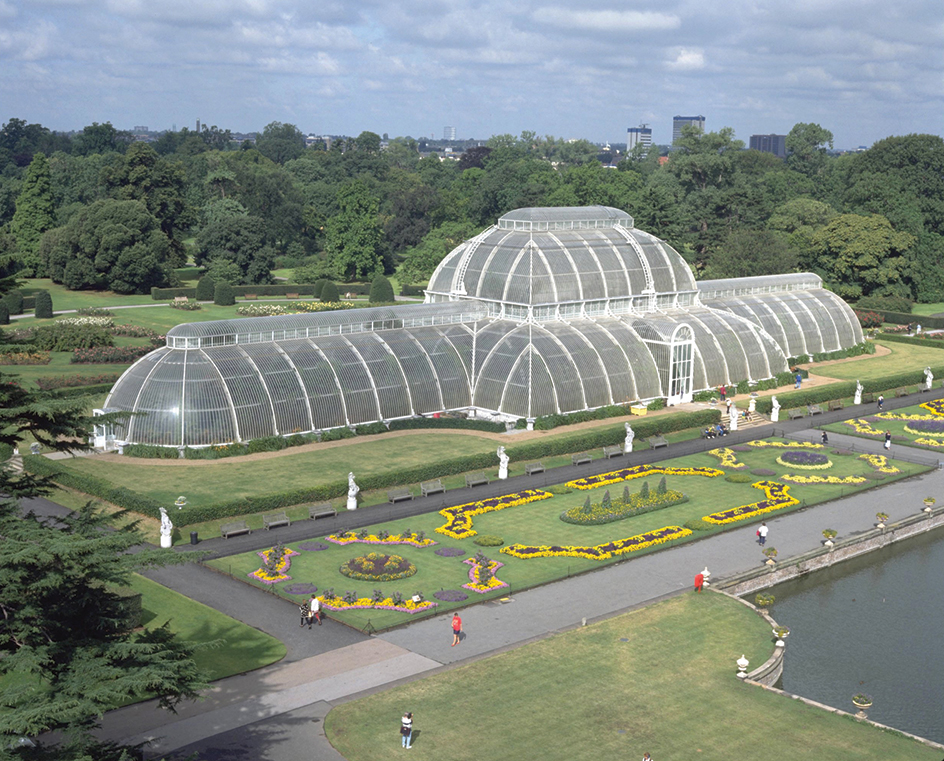
The Tower of London,
which borders the City, is London’s oldest landmark. It lies on the north bank of the Thames in the East End, in the borough of Tower Hamlets. It consists of a group of structures built around a central tower, which came to be called the White Tower, and surrounded by two stone walls. The White Tower dates from the late 1000’s. The Tower of London has served as a fortress, a palace, and a prison. Two of King Henry VIII’s six wives were beheaded on the site in the 1500’s. Today, the Tower of London is a national monument and museum. The White Tower holds an armor collection that was started by King Henry VIII. The Crown Jewels—some of the world’s most precious stones set in crowns, robes, and other items used in royal ceremonies—are exhibited at the Jewel House.
The Inns of Court
are the United Kingdom’s center for the study and practice of law. They consist of four groups of rambling buildings and courtyards just west of the City. Each group houses one of the four Inns of Court: Gray’s Inn, Lincoln’s Inn, the Inner Temple, and the Middle Temple. Some of their architecture goes back hundreds of years.
Other places of interest
lie outside central London. For example, the borough of Greenwich, in east London, has a famous group of buildings designed in the late 1600’s by Sir Christopher Wren for the Greenwich Hospital.
Nearby is the National Maritime Museum, which features exhibits on British naval history. South of the museum, in Greenwich Park, is the site of the Royal Observatory. It houses art galleries, an education center, and a planetarium. The observatory is also the location of the Greenwich meridian, the starting point for the world’s time zones.
The Thames Barrier stands a little farther east, at a point in the Thames called Woolwich Reach. River trips to view the flood barrier have become popular.
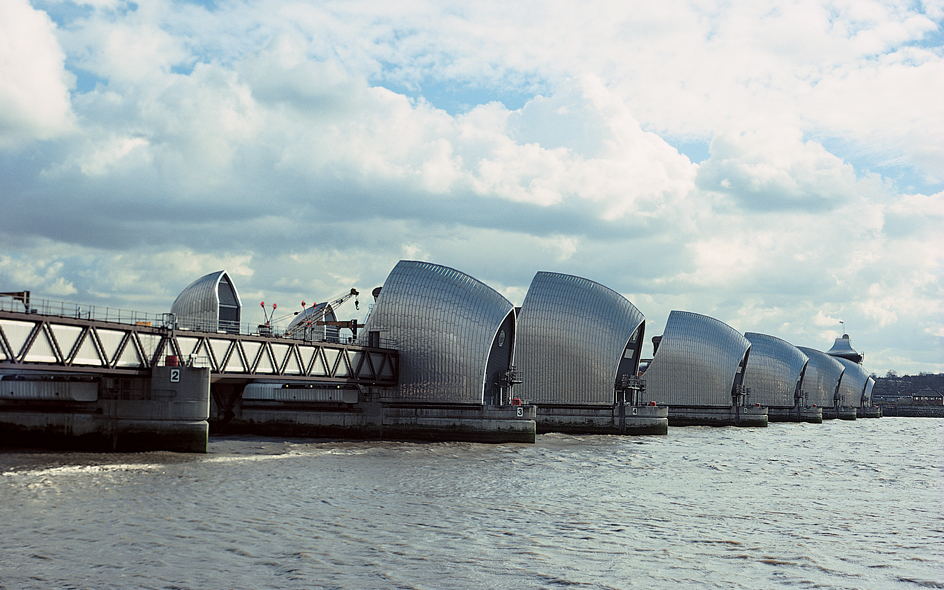
Ceremonies.
Ceremonial guards, usually red-coated sentries of the Guards Division, stand on duty at Buckingham Palace and St. James’s Palace. Most mornings, the famous changing of the guard takes place at the front gates of Buckingham Palace. The royal Household Cavalry also holds a daily changing of the guard at Horse Guards Parade, a parade ground next to the Horse Guards building in Whitehall. 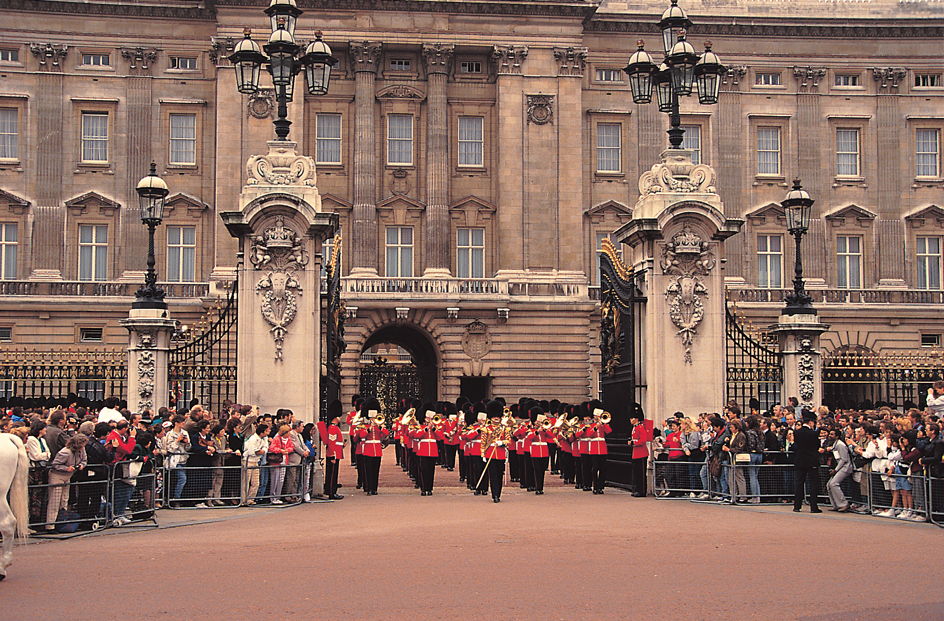
Another ceremony takes place at the Tower of London. The tower is guarded by members of the Guards Division and staffed by colorfully outfitted yeomen warders, also called beefeaters. Each night at 10 o’clock, the chief yeoman warder, accompanied by the tower guard, locks the tower and presents the keys to the tower’s governor. This custom is nearly 700 years old.
Two of London’s most spectacular ceremonies are trooping the colour and the Lord Mayor’s Show. Each year, trooping the colour forms part of the official birthday celebration of the British monarch (king or queen). Riding on horseback or in a horse-drawn carriage, the monarch leads the Household Cavalry past cheering crowds along the Mall to Horse Guards Parade. There, the monarch inspects the troops, and the colour (ceremonial flag) is carried in review.
The Lord Mayor’s Show takes place on the second Saturday in November to celebrate the election of a new lord mayor of the City. The new lord mayor, dressed in traditional robes and riding in a horse-drawn coach, leads a parade through the streets of the City.
Economy
London is the United Kingdom’s chief economic center. It is also a world center of finance and trade. Many British manufacturing industries have their home offices in London. The national and local governments employ many of London’s workers. About a third of the city’s jobs are concentrated in central London.
Manufacturing.
London’s leading industries include printing and publishing and the manufacture of clothing and textiles, electrical and electronic products, food products, and pharmaceuticals. Much of London’s printing activity is concentrated in the Docklands area, east of the City.
Another industrial area extends east along the Thames, from the borough of Newham to the limits of Greater London and beyond. This area specializes in food processing and the manufacture of chemicals. A similar industrial belt lies alongside the River Lea, which follows the eastern border of the boroughs of Enfield, Haringey, Hackney, and Tower Hamlets. The borough of Barking and Dagenham in east London is a center for the manufacture of automobiles and automobile parts.
London’s newer industrial areas developed in the western boroughs. The largest area is Park Royal, a business park in the boroughs of Hammersmith and Fulham, Brent, and Ealing. Factories there specialize in consumer goods, such as cosmetics, electronic products, and food products.
Trade.
The Port of London Authority controls ships at terminals along 90 miles (150 kilometers) of the Thames. In the past, the chief docks and wharves were just east of London Bridge and Tower Bridge. But the growth of container shipping during the 1960’s required new facilities to handle container ships. These ships are designed to carry cargo packed in huge crates called containers. Container facilities were built at the town of Tilbury, near the mouth of the Thames. Today, ocean ships load and unload thousands of containers at the Tilbury docks. Trains and trucks transport the containers between Tilbury and London.
London has thousands of wholesale stores and warehouses and tens of thousands of retail stores. New Covent Garden Market is a famous wholesale market for fresh fruits, vegetables, flowers, and plants. In 1974, Covent Garden Market moved from its 300-year-old site near the Strand to a site on the south bank of the Thames in the borough of Wandsworth. Many of London’s retail stores are small shops. They sell such items as clothing or furniture.
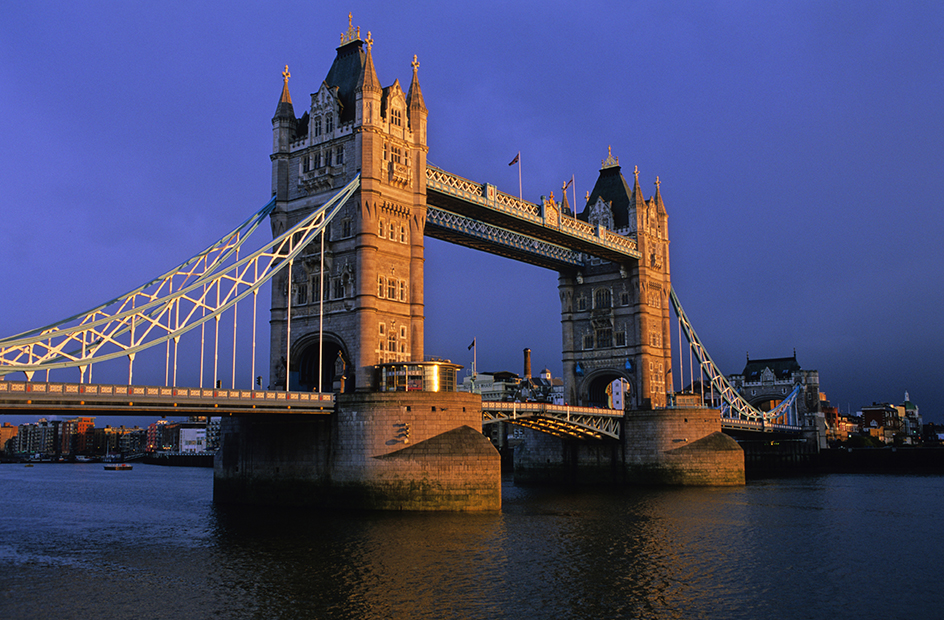
Finance and business.
Great financial institutions in the City include the Bank of England, the national bank that handles government financial operations for the United Kingdom; the London Stock Exchange, one of the world’s busiest stock exchanges; and Lloyd’s, one of the world’s largest insurance markets. All of the United Kingdom’s major banks and many insurance companies have headquarters in the City.
Greater London has tens of thousands of business offices, which house an enormous variety of companies. Major office centers outside the City and West End are at Canary Wharf in Tower Hamlets, in Croydon, and in Hammersmith and Fulham.
Tourism.
Millions of tourists visit London each year. Providing goods and services for these visitors is one of London’s leading industries. The largest of London’s many hotels are in the West End and in the western outlying areas near Heathrow Airport. The West End also has many of London’s finest restaurants and bars.
Transportation.
Expressways and underground and surface railways carry commuters between the outlying areas and central London each workday. The London subway system, which Londoners call the tube or the underground, is one of the world’s largest subway systems. It includes more than 100 miles (160 kilometers) of underground rail lines. Buses carry passengers throughout the city. 
London Underground Limited operates the subway system. Privately owned companies operate surface commuter trains.
Heathrow Airport, in far western London, ranks as one of the busiest airports in the world. Londoners also use Gatwick Airport, about 30 miles (48 kilometers) south of Greater London; London Luton Airport, about 32 miles (51 kilometers) north of London; and London Stansted Airport, about 30 miles (48 kilometers) northeast of London. The smaller London City Airport, which is popular with businesspeople, lies in the former dock areas along the Thames, just east of the City.
Communication.
London is the United Kingdom’s chief communications center. The country’s national newspapers—including such influential papers as the Daily Telegraph and The Financial Times and such popular papers as the Daily Mirror, and The Sun—have their main offices in London. London also has an evening newspaper, the Evening Standard. At one time, most of the national newspapers had offices in the City on Fleet Street, and the street came to be identified with British national journalism. During the 1980’s, however, when new technology replaced old methods of production, many of the newspapers on Fleet Street moved to new factories and offices in the redeveloped Docklands area just east of the City.
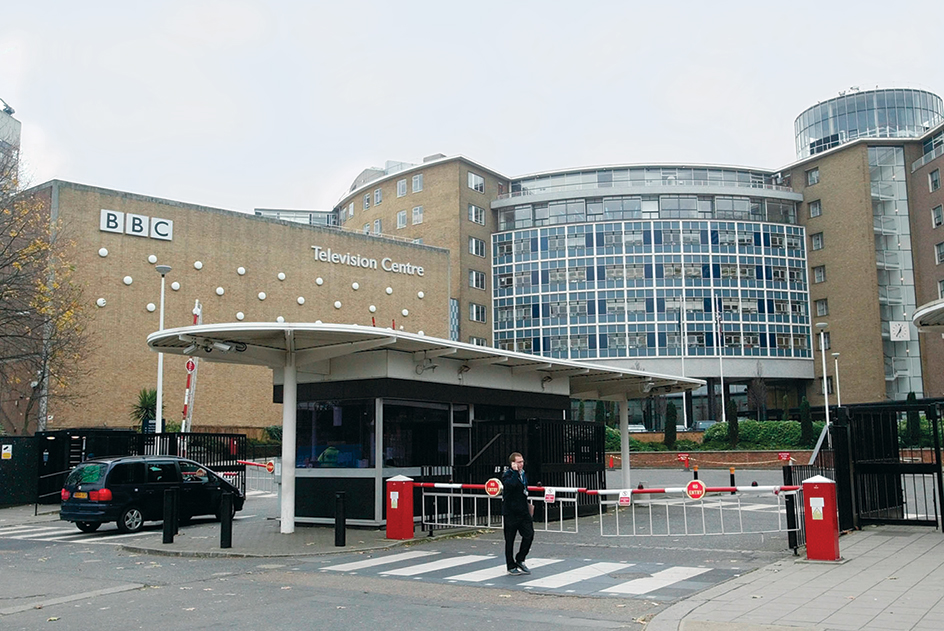
The British Broadcasting Corporation (BBC) is the national radio and television service. It has its main offices and studios in Broadcasting House, just south of Regent’s Park, and in Television Centre, in the borough of Hammersmith and Fulham. The BBC operates on a nonprofit basis and has almost no commercial advertising. The owners of television sets in the United Kingdom pay an annual license fee that finances BBC programs.
Government
The Greater London Authority
(GLA) governs the entire region known as Greater London. It consists of the mayor of London and 25 London Assembly members. The mayor and assembly members are elected every four years. The Greater London Authority is responsible for police and fire protection, transportation, and other citywide services. Its headquarters are in a building called the Crystal, at the Royal Docks in the east London borough of Newham. Several other public agencies also provide a number of services.
Borough governments.
Each of London’s 32 boroughs has its own government, which consists mainly of an elected council headed by a mayor. Borough residents elect new councils every four years. The size of the councils varies from borough to borough.
The borough councils are responsible for most local government services. The exceptions include police and fire services and public transportation. The boroughs of London receive most of their income from grants from the national government. But they also raise money from property taxes and rents.
The government of the City of London
is organized much as it was hundreds of years ago, when many thousands of people lived inside the City’s walls. Today, the City has far fewer residents than even the smallest borough. However, it is London’s business and financial center and has equal standing with the 32 boroughs.
An organization called the City of London Corporation governs the City. It acts through the Court of Common Council. The Court of Common Council consists of 25 aldermen, one of whom serves as the lord mayor, and 100 common councilors. The lord mayor is elected to a one-year term by the aldermen after being nominated by members of the liveries (guilds), which represent the City’s trades and professions. Voters in the City elect the aldermen to six-year terms and the common councilors to four-year terms.
Other public agencies.
Transport for London provides several public transportation services. Its budget is set by the mayor of London.
The Metropolitan Police Service provides police protection for all of Greater London except the City. Its headquarters are at New Scotland Yard. Its work is monitored by the Metropolitan Police Authority. The City has its own police force.
The London Fire and Emergency Planning Authority runs the London Fire Brigade, which provides fire and rescue services. The Authority’s members are appointed annually by the mayor of London.
History
In A.D. 43, armies of the Roman Empire started to conquer Britain. Historians believe they established a military camp along the Thames, possibly in what is now Westminster. A few years later, the Romans built a trading port on the Thames near present-day London Bridge. They probably chose this site because the riverbanks east of this point were too marshy for settlement. The Romans called the port Londinium. The name London comes from this word.
By the early 200’s, the Romans had built a wall around London, possibly to protect it from raiders. This wall, and the ones that later replaced it, formed London’s boundaries for hundreds of years.
In 410, Germanic invaders attacked Rome, and the Roman troops in Britain were called home to fight the invaders. This date thus marks the end of Roman control over Britain. Most inhabitants abandoned London, and the city declined.
The Middle Ages,
the period of European history from the 400’s through the 1400’s, began when Germanic kingdoms replaced Roman rule in western Europe. Seafaring Germanic tribes—Saxons and related tribes called Angles and Jutes—that had been raiding eastern Britain began to settle there and establish small kingdoms. A new London grew up. It was a Saxon trading town on a site just west of the old Roman city, and it was known as Lundenwic. Vikings from Denmark attacked the town in the 800’s. In the 880’s, Alfred the Great, the king of the West Saxons, united most of England into a single kingdom to resist the Vikings. He reestablished London within the walls of the old Roman city. The site of Lundenwic was abandoned and forgotten.
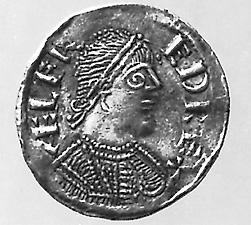
In the mid-1000’s, the Anglo-Saxon king Edward the Confessor built a palace and a monastery church beside the Thames about 2 miles (3 kilometers) southwest of London. The modern City of Westminster grew up around this site. The monastery, or minster in the west, became the start of Westminster Abbey. The Palace of Westminster became England’s center of government, and it served as the chief residence of England’s rulers until the 1520’s.
In 1066, William the Conqueror, a French nobleman, seized control of England and was crowned king in Westminster Abbey. William granted Londoners self-government. But he built a castle, now called the White Tower, just outside London to impress them with his authority and power. The White Tower today forms the central part of the Tower of London. 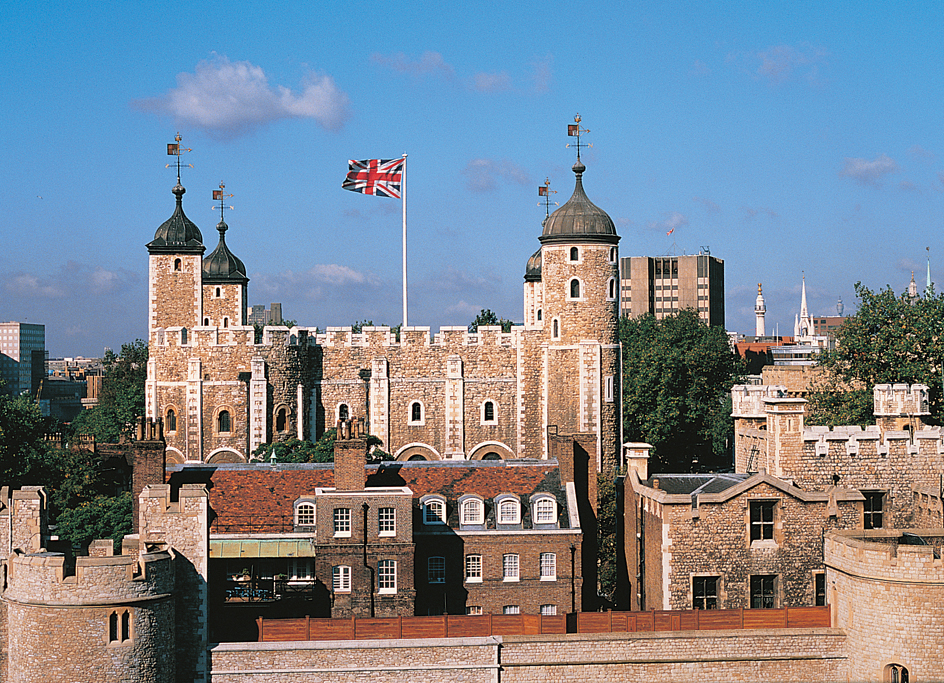
Other London landmarks also appeared during the Middle Ages. About 1090, work began on Old St. Paul’s Cathedral to replace a church destroyed by fire. Builders finished it about 200 years later. In 1209, London Bridge became the first stone bridge across the Thames. It replaced a wooden bridge, often rebuilt, that had spanned the river since Roman times.
London’s craft and trade guilds began to develop in the 1100’s. Each guild represented certain craftworkers or tradespeople, such as bakers, carpenters, goldsmiths, and grocers. The guilds were also called livery companies because each had its own livery—that is, official robes that the members wore on special occasions. Each guild also had its own splendid meeting hall. A new central guildhall and center for local government was completed by 1430.
Guild members elected London’s first mayor in the 1190’s. In 1215, King John confirmed London’s right to govern itself. Some historians estimate that by the late 1400’s, London had about 75,000 people. The city’s mayor had grown so important that he came to be called the lord mayor.
Expansion beyond the walls.
London grew rapidly during the 1500’s and the first half of the 1600’s. Under the reign of King Henry VIII, who ruled England from 1509 to 1547, nobles built estates to the west, just outside London’s walls. What is now the West End thus began to develop. The king owned about a dozen palaces in the London area, including the Palace of Westminster. In 1547, the year Henry died, the Palace of Westminster became the meeting place of Parliament.
London developed into an important world trading center under Queen Elizabeth I, who reigned from 1558 to 1603. As the merchants grew increasingly rich, they built splendid homes, where they conducted most of their business. They also met and did business at the Royal Exchange building, which opened in 1570 just north of London Bridge.
England’s first public theaters opened in London’s suburbs during Queen Elizabeth’s reign. They attracted such large, noisy crowds that they were prohibited inside London’s walls. One of the most popular theaters was the Globe, across London Bridge in Southwark. William Shakespeare began to present his plays there about 1599 (see Shakespeare, William). A replica of the Globe was completed in 1996 and officially opened in 1997. 
By the mid-1600’s, London had about half a million people. Most Londoners lived outside the walls in such districts as Clerkenwell, St. Giles, and Whitechapel, which were rapidly becoming slums. The area inside the walls gradually came to be known as the City.
War, plague, and fire
struck London in the mid-1600’s. A struggle for power between King Charles I and Parliament resulted in civil war in 1642. London sided with Parliament, led by Oliver Cromwell and other Puritans. The Puritans were a religious and political group who opposed not only the king but also the established Church of England and the luxurious life of the nobility. The Puritans seized control of the government and beheaded the king in 1649.
London grew less prosperous under Puritan rule. The Puritans also made themselves unpopular by closing the theaters. When Parliament restored the monarchy in 1660, most Londoners welcomed the new king, Charles II, the son of Charles I.

The Great Plague—a terrible epidemic of bubonic plague—broke out in London in 1665. The disease was spread by fleas from infected rats, which swarmed through slums surrounding the City. It could also spread from person to person. Before the epidemic died down in 1666, it had taken about 100,000 lives.
On Sept. 2, 1666, the Great Fire of London broke out in a baker’s shop on Pudding Lane in the City. It was finally brought under control five days later. Amazingly, the fire caused only a few deaths. But most of the City, which was built largely of wood, lay in ashes. The losses included St. Paul’s Cathedral and more than 80 other churches, the Royal Exchange, the halls of 44 craft and trade guilds, and about 13,000 houses.
Rebuilding the City.
Londoners rebuilt the City with brick and stone instead of timber. The great architect of the new City was Sir Christopher Wren. He rebuilt many structures lost in the fire, including St. Paul’s Cathedral. But few people returned to live in the City. Many merchants moved to the West End, where attractive residential squares were being laid out in such sections as Bloomsbury and Mayfair.
London’s businesses soon recovered from losses suffered in the Great Fire. A new Royal Exchange opened in the 1670’s. But the favorite places for doing business were the many coffee houses that sprang up in and near the City. Lloyd’s insurance society started in the coffee house of Edward Lloyd about 1690. The London Stock Exchange operated in coffee houses, such as Jonathan’s, in the early 1700’s. Coffee houses on or near Fleet Street were a chief source of news, and so London’s newspaper industry grew up in this area during the 1700’s. 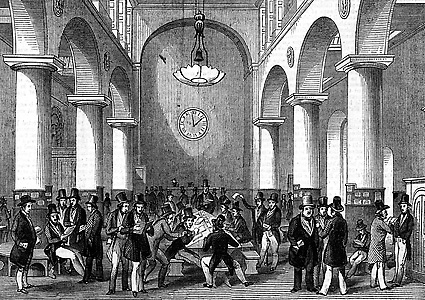
The world’s largest city.
By 1800, London had about a million people, more than any other city in the world. It remained the world’s largest city throughout the 1800’s.
One of the chief events of the 1800’s was the spread of the Industrial Revolution, a period of rapid industrialization that began in the United Kingdom during the 1700’s. The revolution resulted largely from the growth of factories, many of which sprang up in London. But London’s main role in the revolution was to develop markets for the factory-produced goods. The City’s merchants and bankers thus made enormous fortunes. Although wealthy Londoners made their money in the City, they spent it in the West End. By the mid-1800’s, the West End had become famous for its fashionable social life.
The Industrial Revolution brought misery as well as prosperity to London. Dock, factory, and warehouse workers were desperately poor. They lived with their families in crowded, disease-ridden slums, chiefly in the East End. During the second half of the 1800’s, laws were passed to aid the working class. Conditions in London’s slums then began slowly to improve. 
The growth of the suburbs.
During the 1800’s, more and more Londoners moved to the outlying areas. This rapid suburban growth became possible largely because of improved transportation.
London Bridge had formed London’s only link with the South Bank until 1750, when Westminster Bridge was completed. Engineers built other bridges after 1750. Horse-drawn vehicles provided the chief means of transportation throughout most of the 1800’s. But railway passenger service began to develop rapidly in London during the mid-1800’s.
Starting in the 1830’s, a ring of railway stations went up around central London. The first station, Euston Station, opened in 1837. It was followed in the 1850’s and 1860’s by King’s Cross, Paddington, Victoria, and St. Pancras stations. London’s subway system was the first underground passenger-train system in the world. It started in 1863 with steam trains that carried passengers underground between the railway stations that circled central London.
The first major reform of London’s government took place in 1888. The County of London was formed that year, and the London County Council was organized as its chief governing body. The county covered an area about a fifth the size of present-day Greater London. The City remained self-governing. In 1899, the county was divided into 28 boroughs.
By 1901, the City’s population had dropped to about 27,000. Meanwhile, the population of the County of London had soared to about 41/2 million. This enormous suburban growth continued during the 1900’s.
The Blitz.
During World War I (1914-1918), the United Kingdom fought on the side of France, the United States, and other Allies against Germany, Austria-Hungary, and other Central Powers. German airships dropped a few bombs on London during that war. But German bombers caused much worse damage during World War II (1939-1945), when the United Kingdom and many of the same Allies again fought Germany and its supporters Italy and Japan.

In September 1940, Germany began an all-out air attack on the United Kingdom’s major cities. The Germans aimed to weaken the morale of the British people and force the country to surrender. London became the chief target of the Blitz, as the attack was known. The word blitz comes from the German word blitzkrieg (lightning war).
The Blitz lasted from September 1940 to May 1941. Night after night, German planes dropped tons of bombs on London. The City and the industrial East End were especially hard-hit. People took refuge in air-raid shelters and subway stations as fires raged through whole blocks of buildings.
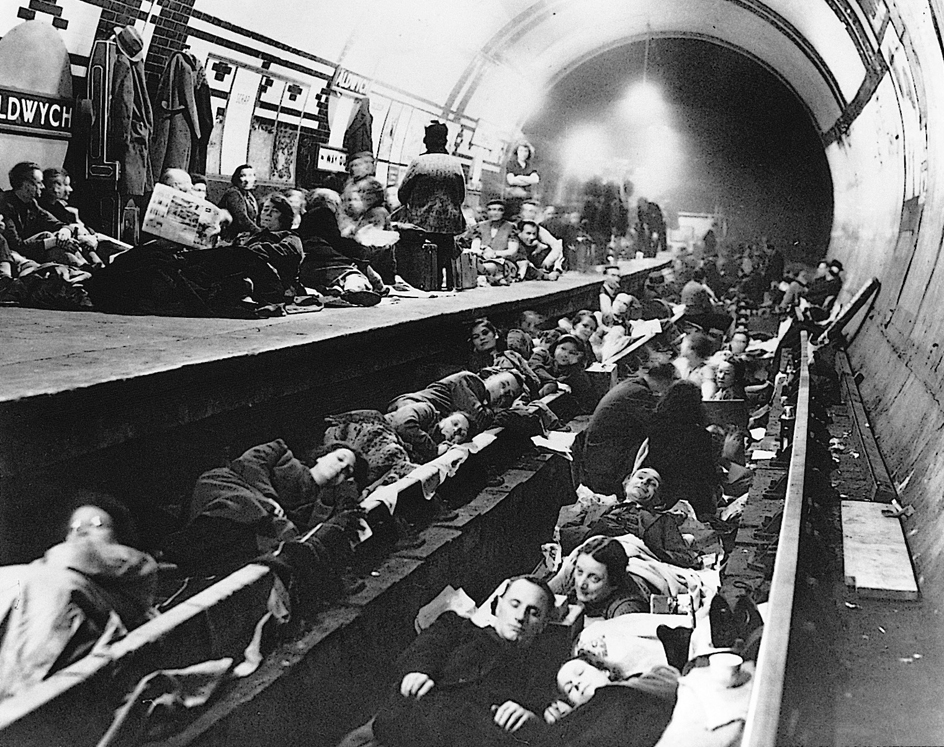
The air attacks on London continued throughout the war but not so savagely as during the Blitz. When Germany surrendered on May 7, 1945, much of London lay in ruins. Historians estimate that from 15,000 to 50,000 Londoners were killed. Bombs had destroyed or damaged about 80 percent of the houses in some parts of London. Bombs had also destroyed many churches and damaged such landmarks as the Guildhall, the House of Commons, and the Inns of Court.
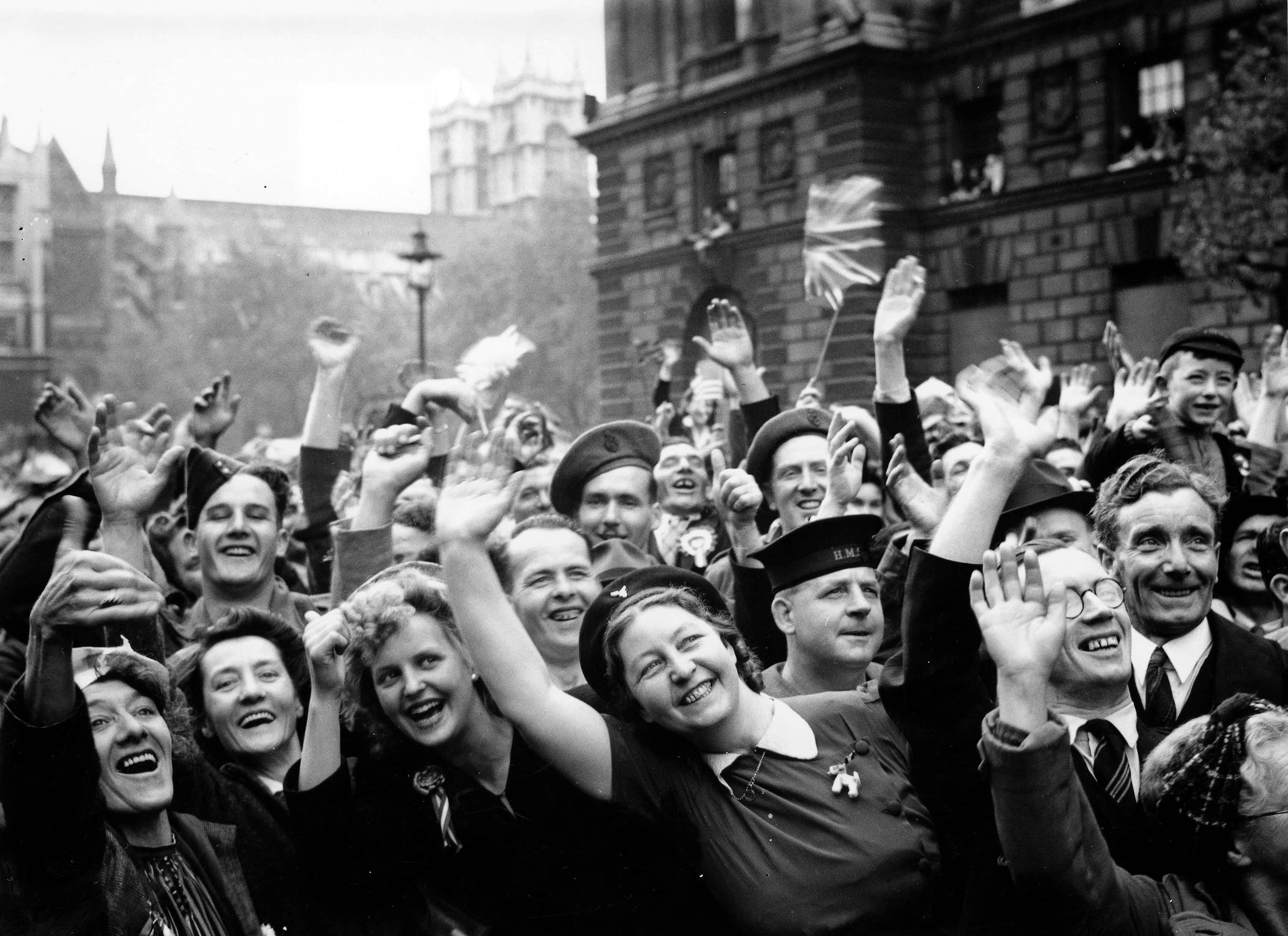
Rebuilding.
Before the war, city planners had proposed that a wide band of open country, a Green Belt, be developed around London. A plan drawn up during the war called for towns to be built outside the Green Belt. The plan also called for the rebuilding of heavily bombed areas and the development of the South Bank. Planners cleared part of the South Bank to provide exhibition space for the Festival of Britain in 1951. The festival celebrated the United Kingdom’s recovery from the war.
In the 1960’s, skyscrapers began to appear in central London, changing the skyline dramatically. The 26-story Shell Centre, now the world headquarters of Shell plc (public limited company), opened in 1962. In 1965, the 620-foot (189-meter) Post Office Tower (now called the BT Tower) was built. At that time, it was the tallest structure in the United Kingdom.
As London built upward, it also continued to spread outward. The London Government Act, passed by Parliament in 1963, replaced the County of London with Greater London. It also divided Greater London into 32 boroughs and created the Greater London Council. The act took effect on April 1, 1965.
Dealing with problems.
In the last half of the 1900’s, London faced many of the same problems that troubled other large cities. These problems included air pollution, housing shortages, traffic jams, and unemployment and other economic difficulties.
Joint efforts by the central government and local authorities helped clean up London’s badly polluted air. London was long noted for its smogs, caused mainly by smoke from houses and industries. A terrible smog in 1952 killed about 4,000 Londoners. Parliament passed Clean Air acts in 1956, 1968, and 1993, which limited the use of smoke-producing fuels in London and resulted in cleaner air.
The new towns outside the Green Belt helped ease a housing shortage in London. The London area has 8 officially designated new towns, with a total population of about 500,000. Also, housing projects in inner boroughs cleared out many crowded areas and provided new low-cost housing for many families.
To relieve some of the traffic problems, the government built a motorway (road) that completely circles London. The M25 was completed in 1986. It, too, became crowded during the morning and evening rush hours.
Manufacturing employment declined sharply in the 1980’s. London lost about half of its manufacturing jobs because companies closed or moved out of London. Older industrial areas north and east of the City experienced decline. Unemployment began to rise in London as well as throughout the United Kingdom.
But also in the 1980’s, a public agency, the London Docklands Development Corporation, began to improve an area of abandoned docks called the Docklands in the East End. The corporation was set up by the government, and it existed from 1981 to 1998. Its goal was to attract new businesses and residents to the Docklands. The redeveloped area included homes, offices, shops, schools, community facilities, new and improved roads, and an airport. The Docklands Light Railway opened in 1987 to help supply public transportation to the area.
Private developers constructed a major new office district at Canary Wharf in the Docklands. The Canary Wharf project included plans for more than two dozen buildings to house residences, offices, hotels, restaurants, shops, and other facilities. Completion of the project was delayed, however. The Canary Wharf developers experienced financial difficulties when a worldwide economic recession helped cause a slump in the London real-estate market.
The Local Government Act of 1985, passed by Parliament, abolished the Greater London Council, which had served as the city’s central authority. The act transferred most of the council’s responsibilities to the borough governments and the government of the City of London. It took effect on April 1, 1986.
By the end of the 1900’s, air pollution caused by automobiles had become a serious problem. Auto emissions caused the London smog to return in a different form. In addition, shortages of low-cost housing continued, and the number of homeless people had increased. The countryside around London had begun to suffer from overcrowding and pollution. City authorities supported more housing construction in London to discourage people from moving to the countryside.
The London economy began to improve in the late 1990’s, however. Employment increased, and the real-estate slump appeared to end. The Canary Wharf developers began a new phase of construction, which included apartments, restaurants, and a hotel.
Recent developments.
In a 1998 referendum, London voters approved the establishment of the Greater London Authority, a central governing body to replace the Greater London Council that had been abolished in 1985. In 2000, voters elected a mayor and a 25-member assembly, which, together, form the Greater London Authority.
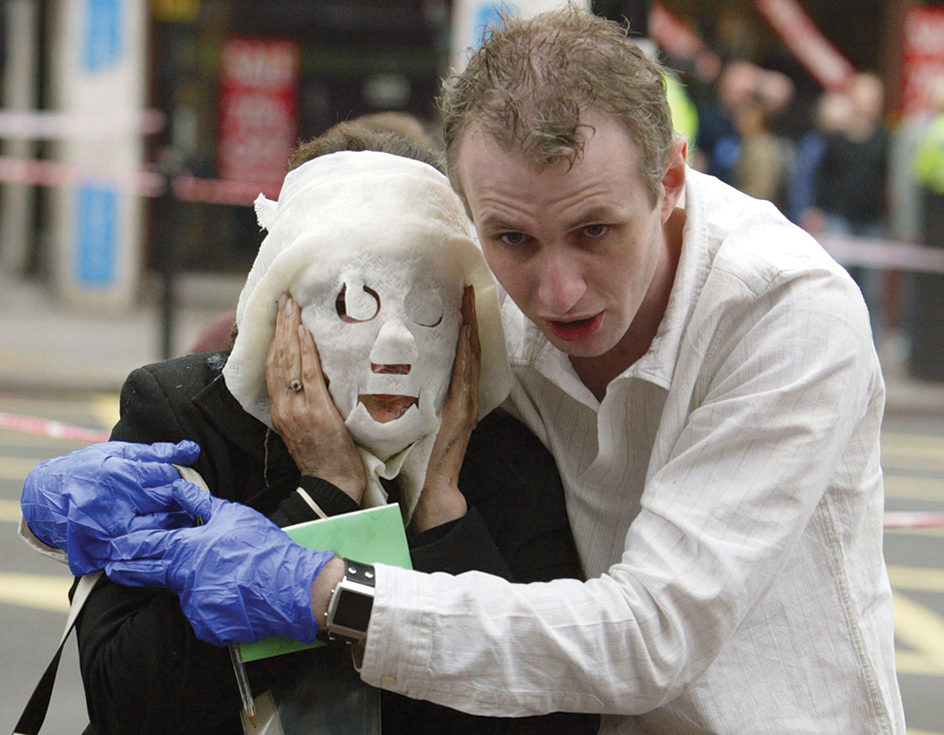
On July 6, 2005, the International Olympic Committee selected London to host the 2012 Summer Olympic Games. The day after the announcement, bombs on three subway trains and a bus killed more than 50 people and injured about 700. Officials determined that four suicide bombers with ties to radical Islamists had conducted the attacks.
In 2007, the rebuilt Wembley Stadium opened. Also in 2007, high-speed rail services to continental Europe began operating from the newly restored St. Pancras International railway station.
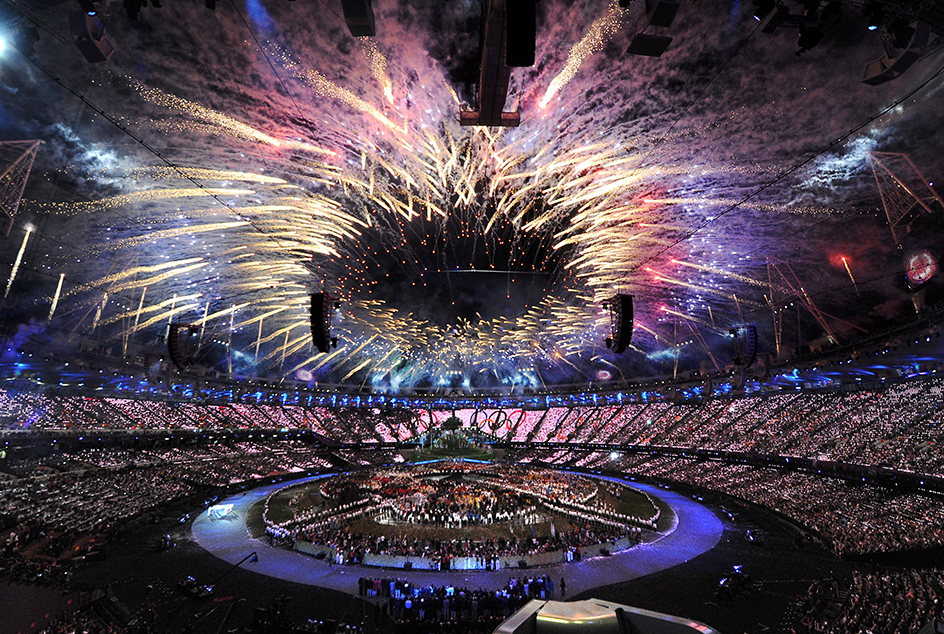
In August 2011, violent riots erupted in London and other British cities. On August 4, the police killed a man during an arrest in London’s Tottenham neighborhood, sparking the unrest. For the next five nights, violence, looting, and arson caused about $325 million in damage. Authorities blamed the violence on gang culture, government spending cuts, unemployment, and general criminal behavior. Nationwide, five people were killed and several more injured. In London, the police arrested more than 2,000 people.
For the 2012 Summer Olympic Games, the city built the Queen Elizabeth Olympic Park, a complex of sports venues and the ArcelorMittal Orbit observation tower. In 2017, a fire in a Kensington apartment building killed 71 people—the worst fire in London since World War II.
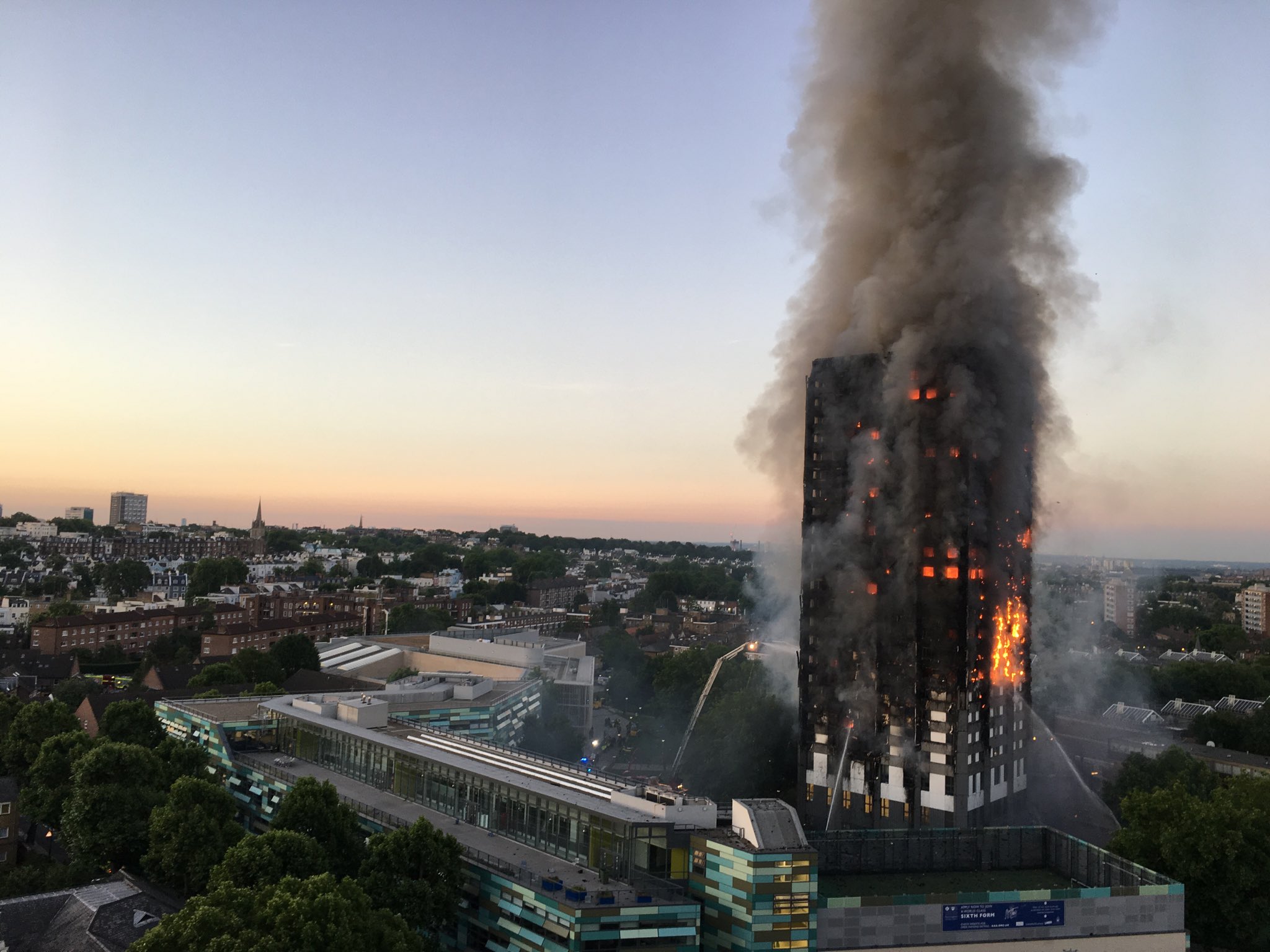
In early 2022, the Greater London Authority moved its headquarters to the Docklands area of east London. Leaders said the move would save the authority millions of pounds per year. GLA operations had been centered in City Hall, on the south bank of the Thames near Tower Bridge, since 2002.
